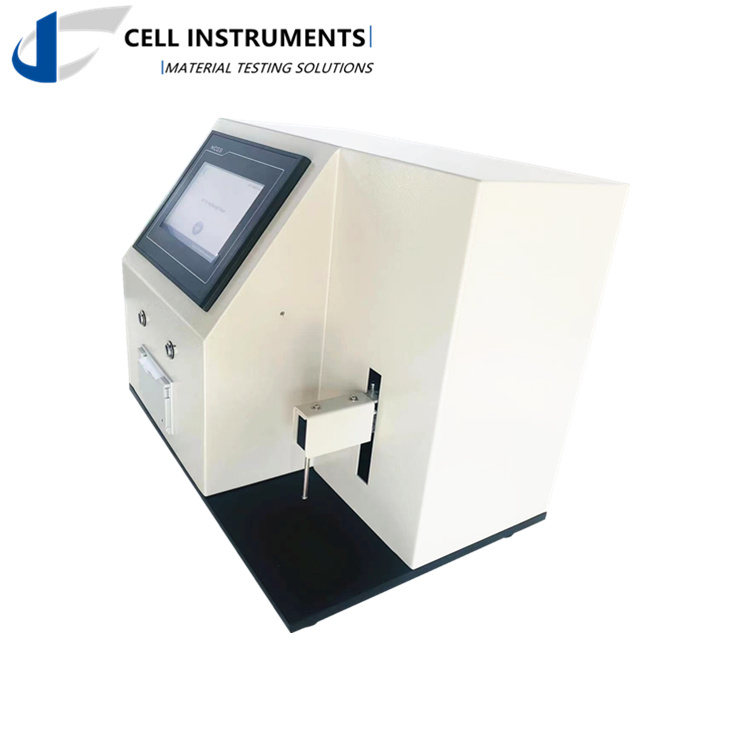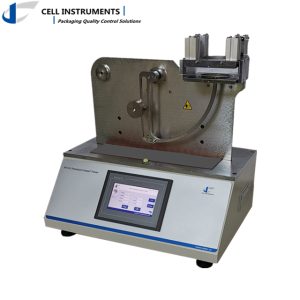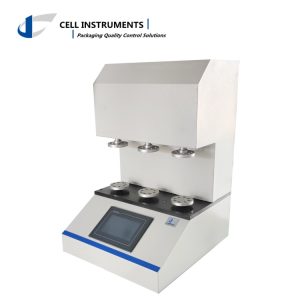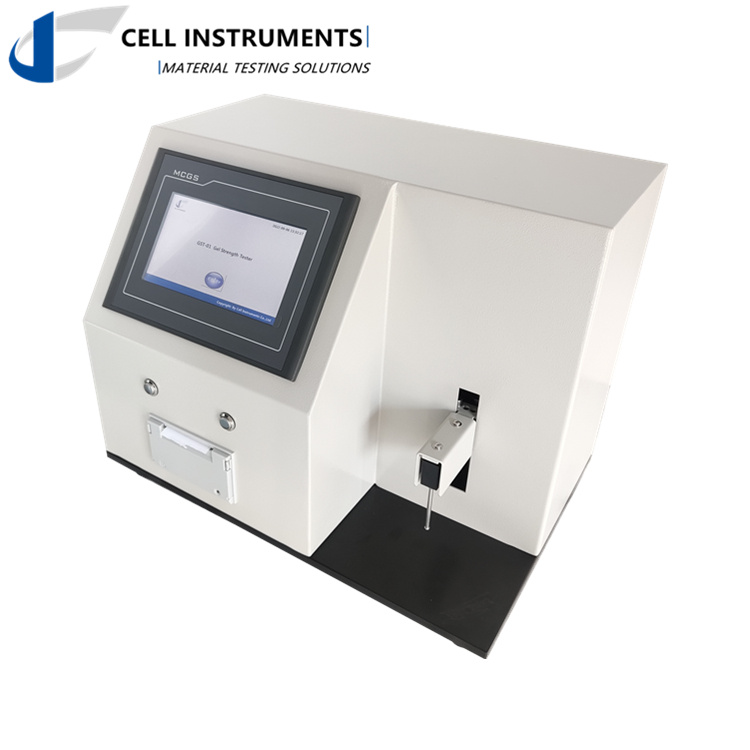
Background
Gels are widely used in the food industry, but are also involved in the biomedical and cosmetic fields. Gel strength is an important physical property of gels and is one of the indicators that determine the commercial value of gels.
Bloom
In the gelatin industry, the measure of gel strength is commonly known as bloom. It is the amount of force×distance, measured in gcm, required to indent the surface of a gelatin gel by 4mm using a standard 5 mm cylinder probe. Therefore, the higher the value, the greater the firmness of the gel.
Sample preparation
The gel was made by pouring 6.67% gelatin solution into a gel cup and cooling it in a thermostat bath at 10°C for 17 hours.
Test Process
In the test, a punch probe of a specific diameter and length is used to compress the surface of a gel specimen at a constant deformation rate, until puncture occurs. Normally the speed used is 60mm/min, probe φ5mm and penetration distance of 4mm.
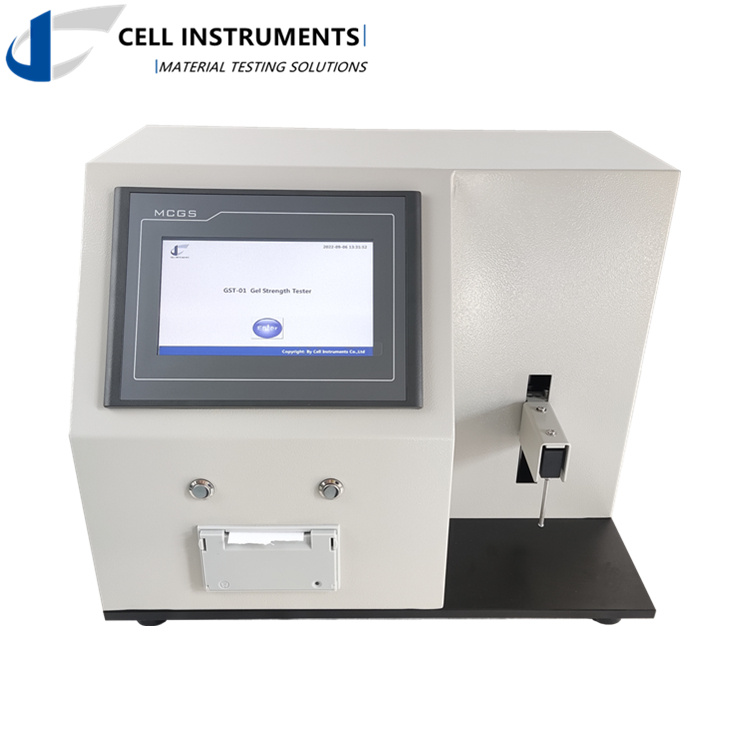
Technical Features
It’s a PLC controlled unit (industrial level stable) and HMI touch screen operated. Precision ball lead screw mechanism ensures good and steady speed and displacement control. Its specially designed program can be used for different parameters concerning gel strength test.
- 7 inch HMI touch screen
- PLC control unit inside
- Precision ball lead screw
- Adjustable test speed
- Multiple fixtures available for other texture analysis
- Safety is our concern
Travel limit protection; automatic returning; loadcell protection cover
- Multiple test items of WEIGHT, PEAK, DISTANCE, are available.
- Dot matrix type microprinter equipped
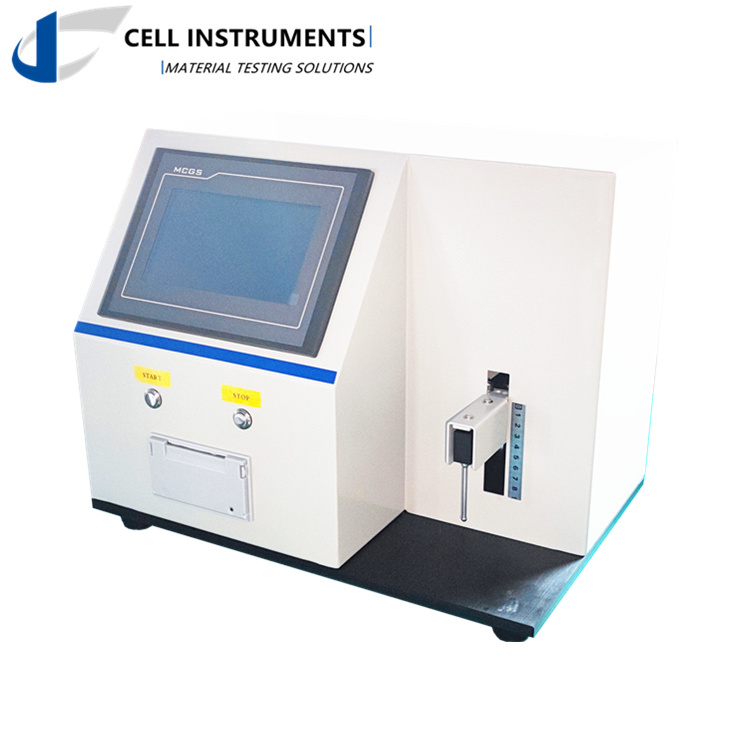
Test Items
WEIGHT: To measure distance at a certain load
PEAK: To measure gel strength
DISTANCE: To measure load at a certain distance
Main Parameters
Test Range: 0-50N (or as required)
Stroke: 110mm (without probe)
Test Speed: 1~100mm/min
Displacement Accuracy: 0.01mm
Accuracy: 0.5% F.S.
Control: PLC and human machine interface
Output: Screen, Microprinter, RS232(optional)
Power: 110~220V



